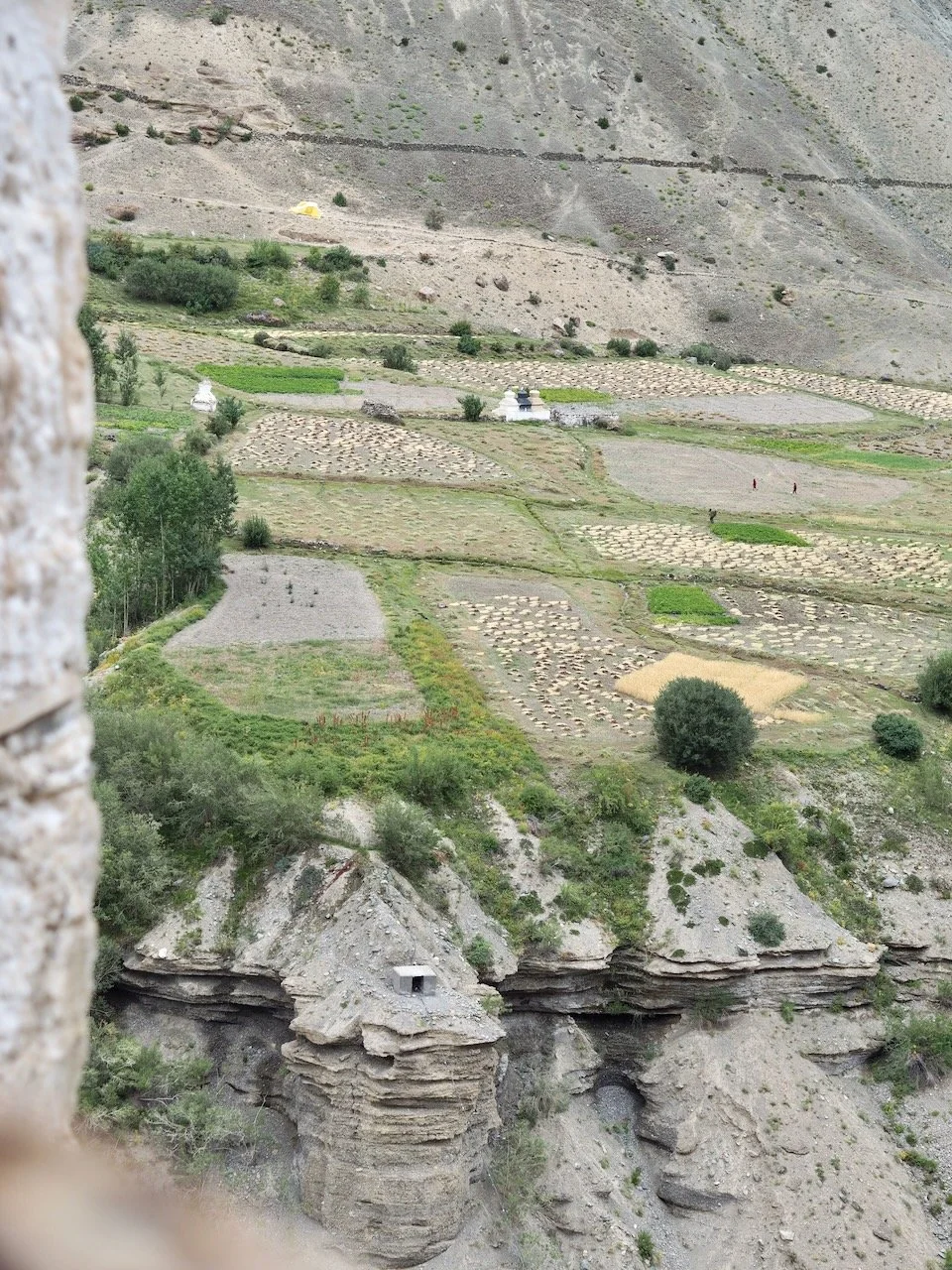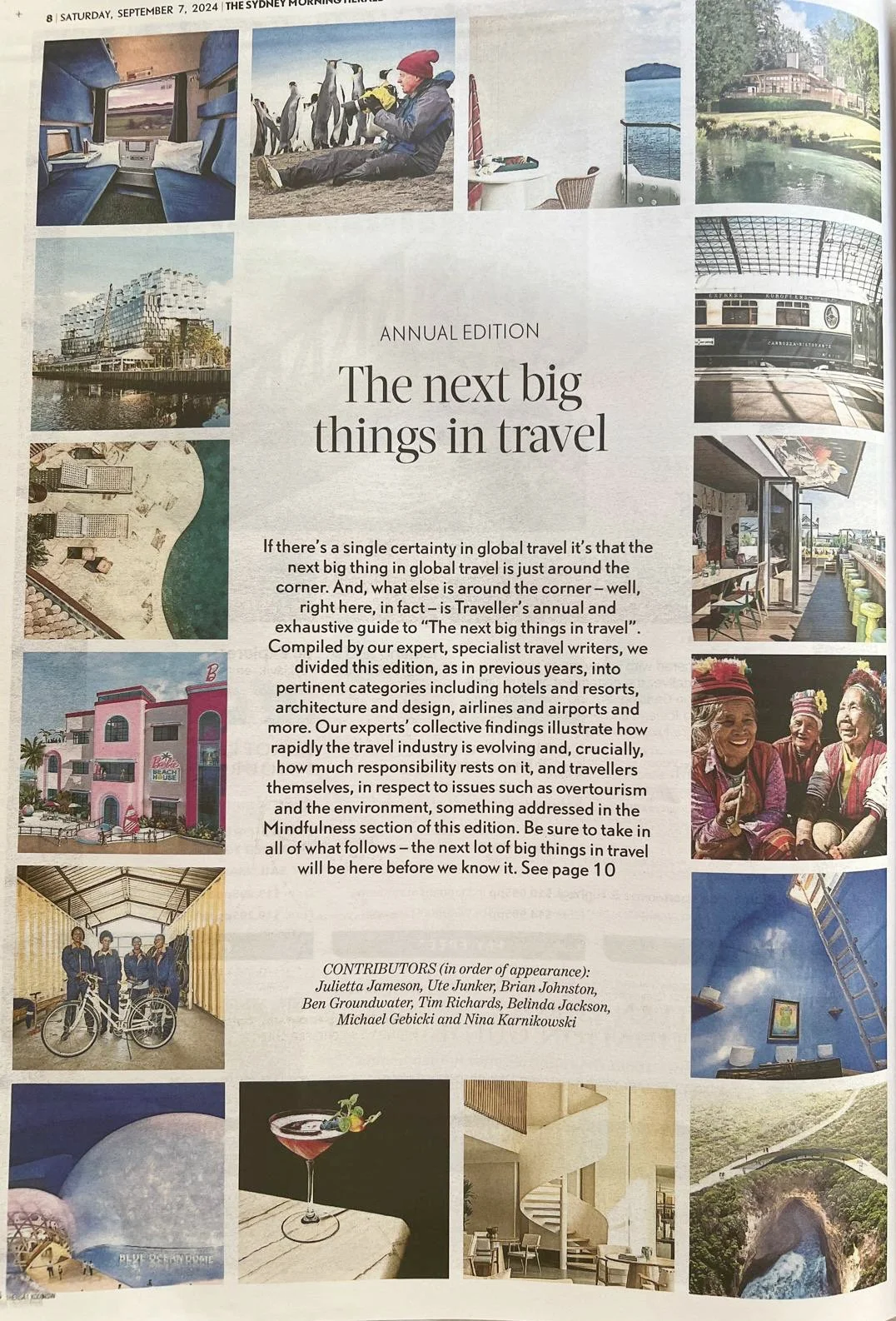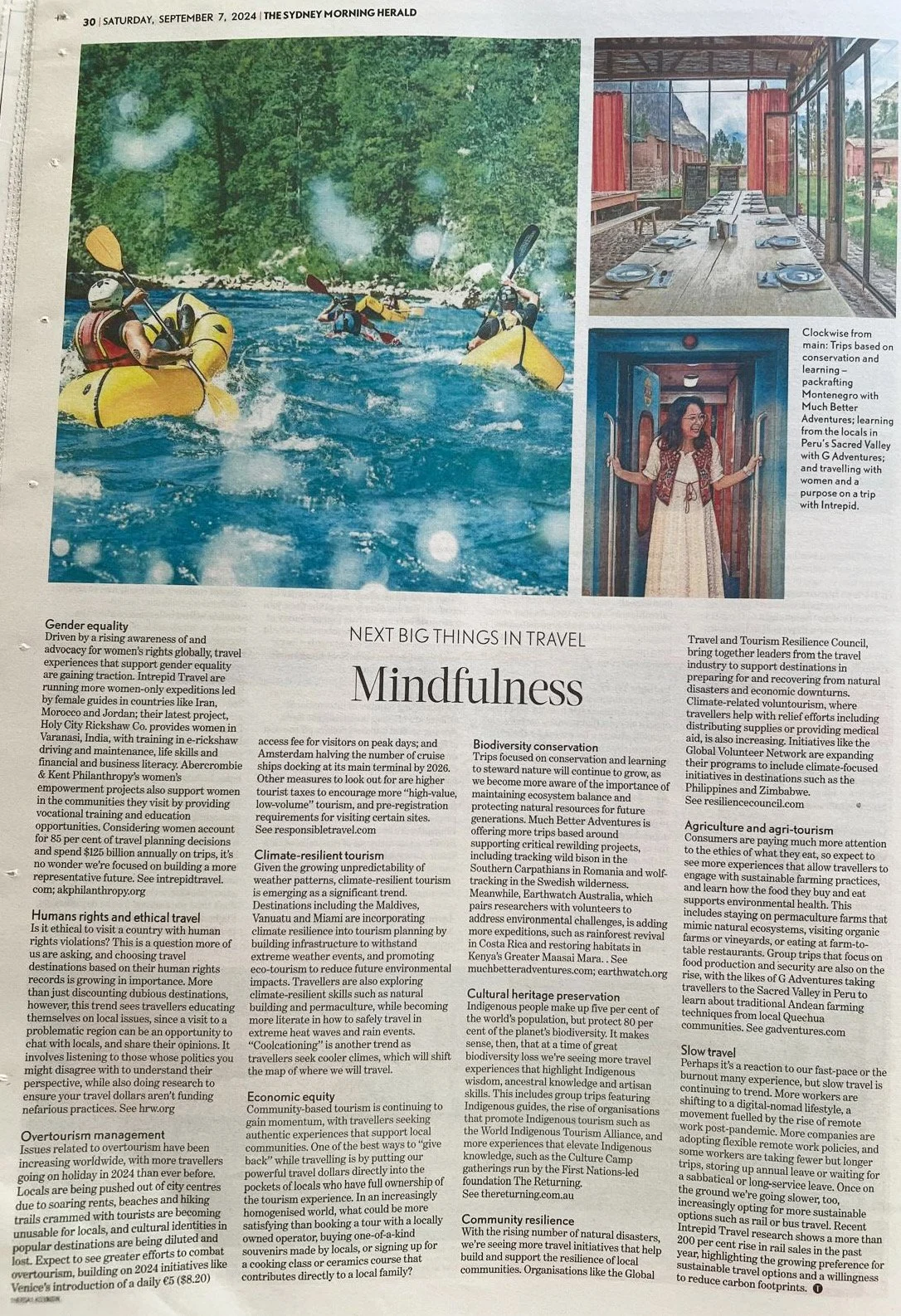10 TRENDS TRANSFORMING TRAVEL FOR GOOD: SMH TRAVELLER
Travel experiences that help nurture and preserve the planet and its people are booming, WRITES NINA KARNIKOWSKIGender equality
Driven by a rising awareness of and advocacy for women’s rights globally, travel experiences that support gender equality are gaining traction.
Intrepid Travel are running more women-only expeditions led by female guides in countries like Iran, Morocco and Jordan; their latest project Holy City Rickshaw Co. provides women in Varanasi, India, with training in e-rickshaw driving and maintenance, life skills and financial and business literacy.
Abercrombie & Kent Philanthropy’s women’s empowerment projects also support women in the communities they visit by providing vocational training and education opportunities.
Considering that women account for 85 per cent of travel planning decisions and spend $125 billion annually on trips, it’s no wonder we’re focused on building a more representative future.
See intrepidtravel.com; akphilanthropy.org
Humans rights and ethical travel
Is it ethical to visit a country with human rights violations? Stemming from the sad reality that more countries are experiencing political unrest and human rights violations, this is a question more of us are asking ourselves, and choosing travel destinations based on their human rights records is growing in importance.
More than just cancelling trips or discounting dubious destinations, however, this trend sees travellers educating themselves on local issues, since a visit to a problematic region can be an opportunity to chat with locals, and share their opinions.
It involves really listening to those whose politics you might disagree with to understand their perspective more deeply, while also doing research to ensure your travel dollars aren’t funding nefarious practices.
See hrw.org
Overtourism management
Issues related to overtourism have been increasing worldwide, with more travellers going on holiday in 2024 than ever before. Locals are being pushed out of city centres due to soaring rents, beaches and hiking trails crammed with tourists are becoming unusable for locals, and cultural identities in popular destinations are being diluted and lost.
Expect to see greater efforts to combat overtourism, building on 2024 initiatives like Venice’s introduction of a daily €5 ($8.20) access fee for visitors on peak days; Amsterdam’s banning of the construction of new hotels and halving of the number of cruise ships docking at its main terminal by 2026; and Japan setting a daily visitor cap for Mount Fuji.
Other measures to look out for are higher tourist taxes to encourage more “high-value, low-volume” tourism, and pre-registration requirements for visiting certain sites.
See responsibletravel.com
Climate-resilient tourism
Given the growing unpredictability of weather patterns, climate-resilient tourism is emerging as another significant trend. Destinations including the Maldives, Vanuatu and Miami are incorporating climate resilience into their tourism planning, by building flood defences and other infrastructure to withstand extreme weather events, and promoting eco-tourism to reduce future environmental impacts.
Travellers are also now travelling to learn climate-resilient skills such as natural building and permaculture farming, while becoming more literate in how to safely travel in extreme and prolonged heat waves and rain periods.
“Coolcationing” is another growing trend as travellers seek out cooler climes, which will completely shift the map of where we will travel in the future.
Economic equity
Community-based tourism is continuing to gain momentum, with travellers seeking authentic experiences that support local communities. A good thing, since one of the best ways to “give back” while travelling is by putting our powerful travel dollars directly into the pockets of locals who have full ownership and management of the tourism experience.
In an increasingly homogenised world, what could be more satisfying than booking a tour with a locally owned operator, buying one-of-a-kind souvenirs made by locals, or signing up for a cooking class or ceramics course that contributes directly to a local family?
Biodiversity conservation
Trips focused on conservation and learning to steward nature will continue to grow, as we become more aware of the importance of maintaining ecosystem balance and protecting vital natural resources for future generations.
Much Better Adventures, for example, is offering more trips based around supporting critical rewilding projects, including tracking wild bison in the Southern Carpathians in Romania and wolf-tracking in the Swedish wilderness.
Meanwhile, Earthwatch Australia, which pairs researchers with volunteers to address environmental challenges, is adding more expeditions, such as rainforest revival in Costa Rica and restoring habitats in Kenya’s Greater Maasai Mara.
Water conservation will also be a significant issue as water scarcity intensifies globally, so we’ll be seeing more stringent water-saving measures in hotels, resorts and tourist areas.
See muchbetteradventures.com; earthwatch.org
Cultural heritage preservation
Indigenous people make up five per cent of the world’s population, but protect 80 per cent of the planet’s biodiversity. It makes sense, then, that at a time of great biodiversity loss we’re seeing more travel experiences that highlight Indigenous wisdom, ancestral knowledge and artisan skills.
This includes group trips featuring Indigenous guides, the rise of organisations that promote Indigenous tourism such as the World Indigenous Tourism Alliance, and more experiences that elevate Indigenous knowledge, such as the Culture Camp gatherings run by the First Nations-led foundation The Returning, which include workshops on weaving, earth-based mindfulness and dance and more.
See thereturning.com.au
Community resilience
With the rising number of natural disasters annually, we’re seeing more travel initiatives that help build and support the resilience of local communities.
Organisations like the Global Travel and Tourism Resilience Council, bring together leaders from the travel industry to support destinations in preparing for and recovering from natural disasters and economic downturns.
Climate-related voluntourism, where travellers help with relief efforts including distributing supplies or providing medical aid, is also increasing. Initiatives like the Global Volunteer Network are expanding their programs to include climate-focused initiatives in destinations such as the Philippines and Zimbabwe.
See resiliencecouncil.com
Sustainable agriculture and agri-tourism
Consumers are paying much more attention to the ethics of what they eat, so expect to see more experiences that allow travellers to engage with sustainable farming practices, and learn about how the food they buy and eat supports environmental health.
This includes staying on permaculture farms that mimic natural ecosystems, visiting organic farms or vineyards, or eating at farm-to-table restaurants.
Group trips that focus on food production and security are also on the rise, with the likes of G Adventures taking travellers to the Sacred Valley in Peru to learn about traditional Andean farming techniques from local Quechua communities.
See gadventures.com
Slow travel
Perhaps it’s a reaction to our fast-pace or the burnout many of us are experiencing, but slow travel is continuing to trend. More workers are shifting to a digital-nomad lifestyle, a movement fuelled by the rise of remote work post-pandemic. More companies are adopting flexible remote work policies, and some workers are taking fewer but longer trips, storing up annual leave or waiting for a sabbatical or long-service leave.
Once on the ground we’re going slower, too, increasingly opting for more sustainable options such as rail or bus travel. Recent Intrepid Travel research shows a more than 200 per cent rise in rail sales in the past year, highlighting the growing preference for sustainable travel options and a willingness to reduce carbon footprints.
This article was first published in print and online here.


